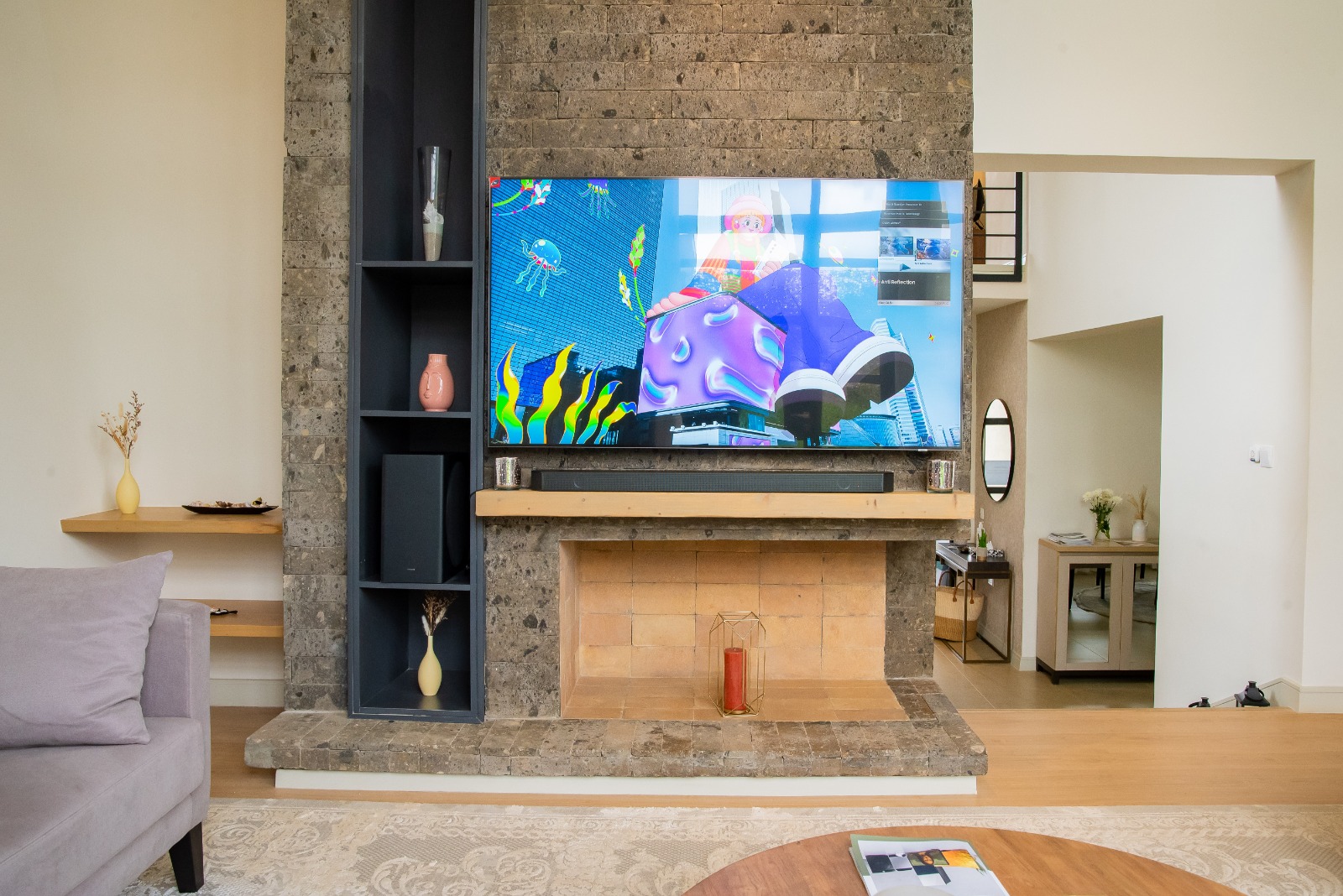Infobip Research: Gen Z Prefers Two-Way Dialogue with Brands, Revealing Generational Shopping Preferences Ahead of Black Friday

Ivan Ostojić, Chief Business Officer at Infobip
From Boomers to Zoomers, a new report reveals how retailers and e-commerce firms can boost sales and loyalty by tapping into generational shopping preferences ahead of Black Friday.
New research from global communication platform Infobip sheds light on how different generations prefer to engage with businesses, particularly in the lead-up to Black Friday.
According to Infobip’s Generational Messaging Trends Report, 65% of shoppers under the age of 27 prefer a two-way dialogue with brands, while 83% expect brands to understand them as individuals.
With at least 86% of all generations expecting targeted and relevant communications, as Infobip’s research indicates, retailers must adopt a personalized approach tailored to each generation of shoppers.
Black Friday marks the start of the Christmas shopping season, with millions of consumers searching for deals online, offering retailers a significant opportunity to boost sales and strengthen brand presence. Even a 5% increase in customer retention can enhance profits by over 25%, according to management consultancy Bain & Company.
However, crafting a successful omnichannel communication strategy that caters to multiple generations is complex. A poorly executed strategy risks alienating potential customers or losing loyal ones. Baby Boomers, for example, are less tolerant of repetitive content, while Millennials are more inclined to make purchases using newer technologies like chatbots. Generation X prefers receiving product updates, showcasing the diversity in communication preferences.
“Our research shows that consumers across generations want brands to connect with them in a conversational and friendly manner, which enhances loyalty. However, brands must get their communication strategies right to achieve this. That’s why we’ve published a new playbook to help retailers and e-commerce companies maximize this shopping season by addressing the unique preferences of each generation,” said Ivan Ostojić, Chief Business Officer at Infobip.
Gen Z and Millennials favor more creativity in business communication, preferring messages that capture their attention with elements of entertainment and humor.
In contrast, Gen X and Baby Boomers seek straightforward, personalized messaging. Older generations are also less receptive to repetitive and unvaried content.
Interestingly, chat apps are more popular with Baby Boomers (68%) than Gen X (57%), possibly due to having more time for communication with friends and family, as well as the ability to send messages, pictures, and videos for free.
For younger generations, using chat apps to communicate with friends and family is second nature, extending to their interactions with brands. Millennials lead the way in preferring chat apps to communicate with brands, at 60%, followed by Gen Z at 53%. Baby Boomers and Gen X trail behind at 28% and 25%, respectively.
Younger generations are also more comfortable engaging with brands on social media platforms. Brands targeting teens understand this and create content on platforms like TikTok and YouTube, where Gen Z and Millennials spend their time.
Surprisingly, 30% of Gen Z and younger Millennials selected voice calls as one of their preferred channels for speaking to friends and family.
In the African market, where youthful populations dominate, understanding these generational preferences is even more crucial. Kenya, for instance, has an estimated 18.4 million Gen Zers, representing 33.4% of the population. Similarly, Uganda and Tanzania boast youthful populations, with over 70% of their citizens under 30. As young consumers become a driving force in the economy, brands must adapt their strategies to effectively engage this critical audience.








